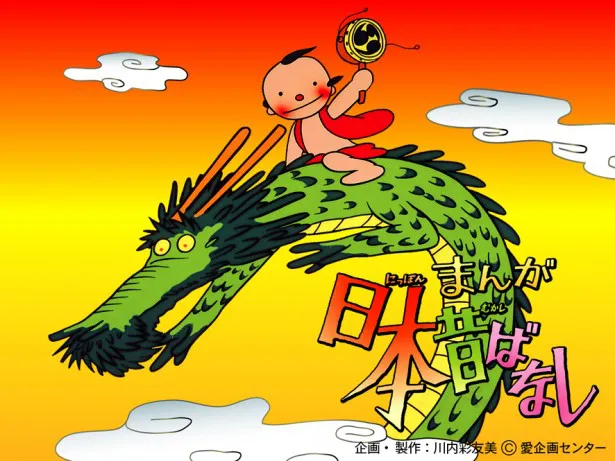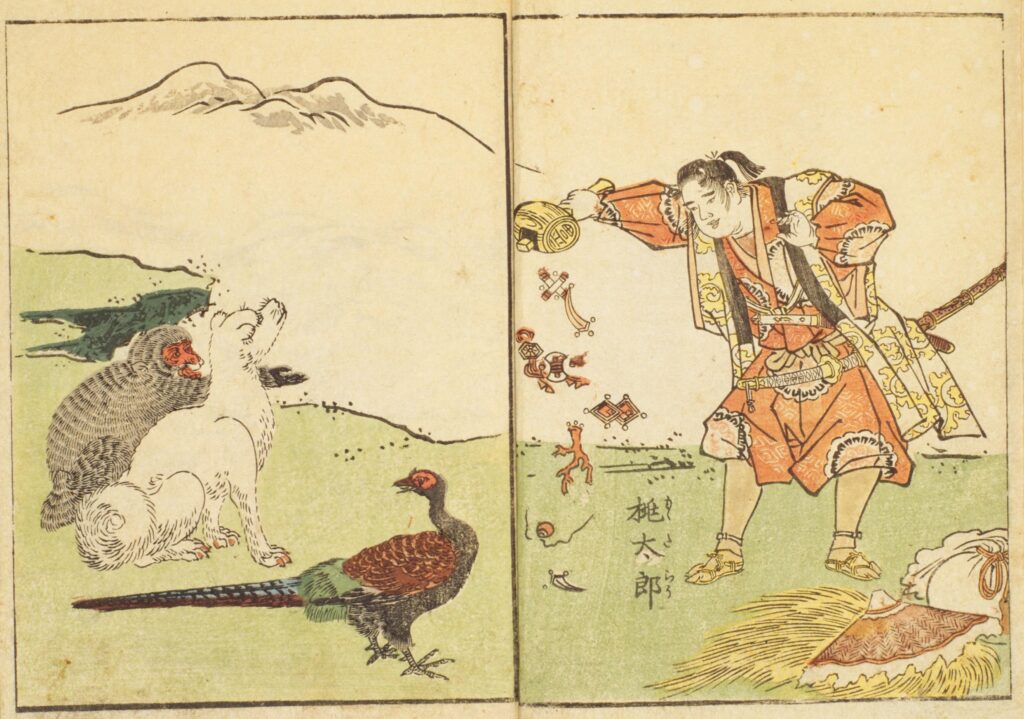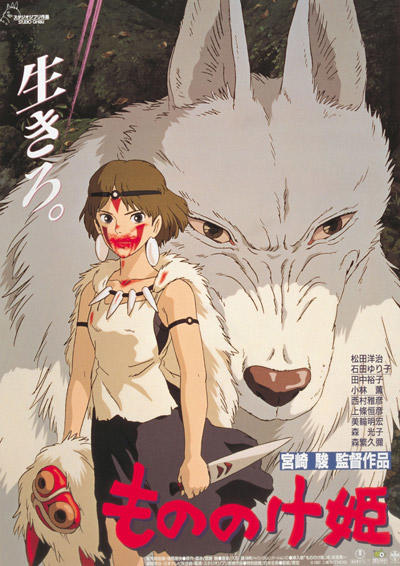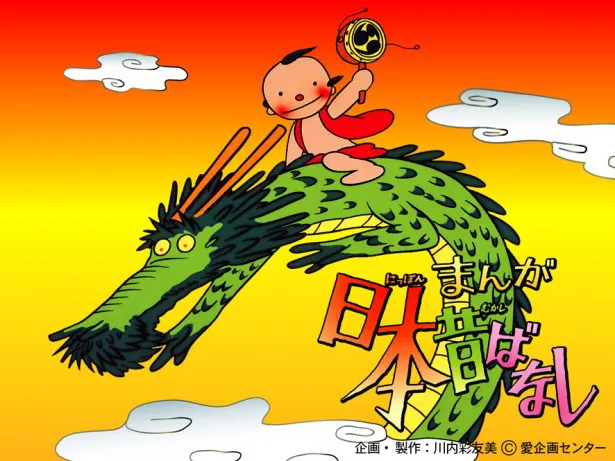Chapter 1: The Origins of Japanese Folktales Japanese folktales reflect the history and culture of Japan. These stories have been passed down orally since ancient times. Many of these tales are based on everyday events, natural phenomena, and animal behaviors, often containing lessons or morals. Additionally, it’s characteristic for these tales to have different versions depending on the region.
Chapter 2: Representative Japanese Folktales There are numerous folktales in Japan, but among them, “Momotaro,” “Urashima Taro,” and “Kintaro” are particularly famous. These stories have been familiar to the Japanese since childhood and are beloved by many. Moreover, these tales are frequently featured in various media, and their influence can still be felt today.

Chapter 3: The Influence of Japanese Folktales on Modern Times Japanese folktales have significantly influenced modern entertainment and culture. Works based on these tales have been produced in various formats, such as anime, movies, and dramas. Furthermore, characters and motifs from these tales are often incorporated into product designs and events.
Chapter 4: Ways to Enjoy Japanese Folktales There are various ways to enjoy Japanese folktales. While traditional picture books and readings are common, one can also experience these tales through plays, anime, and movies. Events and workshops themed around these tales are also held in various places, allowing participants to delve deeper into the world of folktales.

Chapter 5: The Future of Japanese Folktales Despite their long history, Japanese folktales have not lost their charm in modern times. While the ways and formats to enjoy them have evolved with new media and technology, the core stories and messages remain unchanged. They will continue to be loved by many in the future.
FAQ: For Those Unfamiliar with Japanese Folktales
- What are some famous Japanese folktales?
- Momotaro, Urashima Taro, and Kintaro are among the most well-known.
- Why did “Nihon Mukashibanashi” end?
- Various factors, such as TV production policies and viewer ratings, could be reasons.
- Where can you watch “Nihon Mukashibanashi”?
- They can be viewed on TV broadcasts, DVDs, and streaming services.
- Any recommended books that turned Japanese folktales into plays?
- “The World of Folktale Plays” and “Bringing Japanese Folktales to the Stage” are recommended.

Famous Works Featuring Japanese Folktales: Japanese folktales have been featured in many renowned works. For instance, Hayao Miyazaki’s animated film “Princess Mononoke” and Osamu Tezuka’s manga “Phoenix” are known to incorporate elements of Japanese folktales. Through these works, one can rediscover the depth and charm of Japanese folktales.
